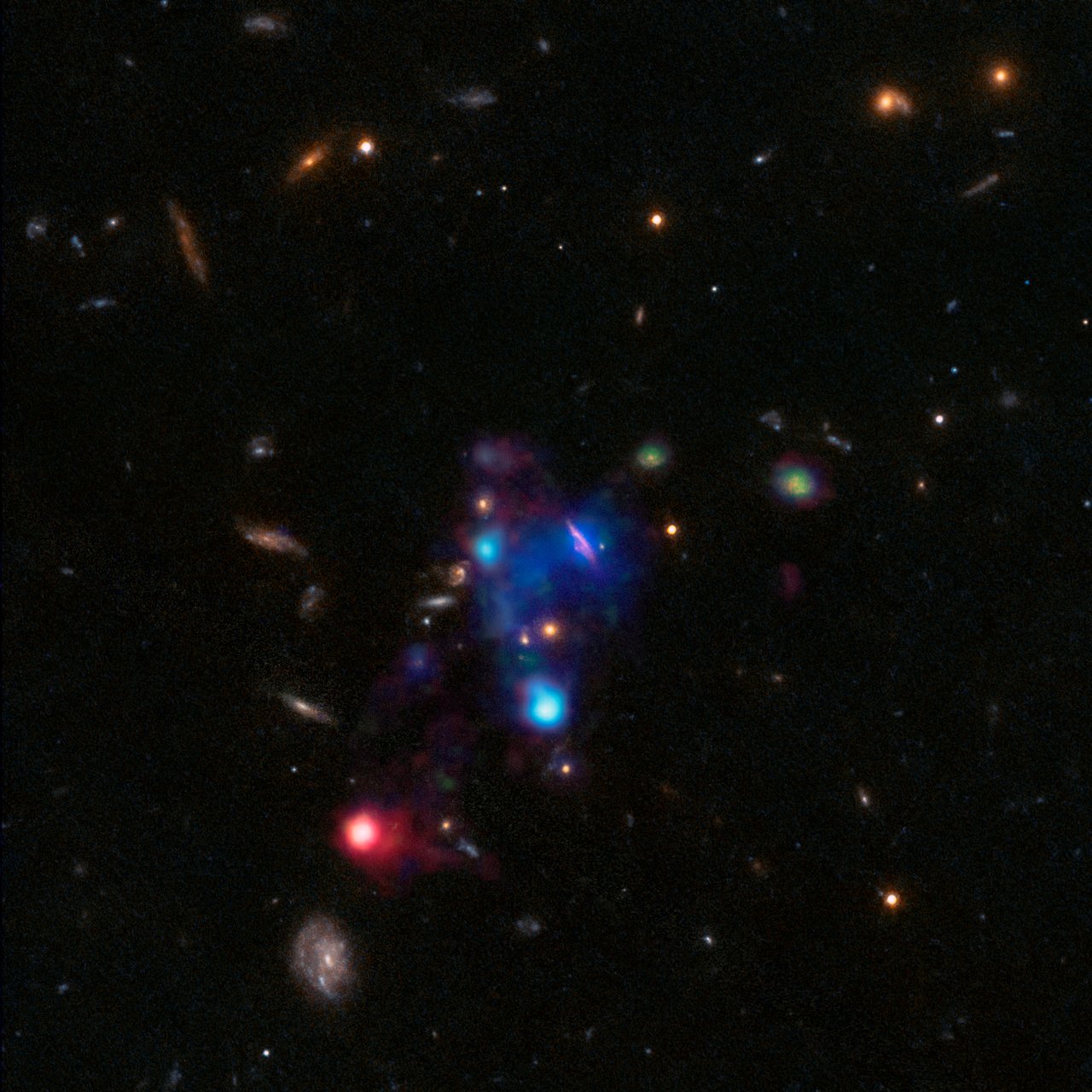Benoît Epinat: MAGIC: a unique survey to probe the role of environment on galaxy mass assembly
Thursday, 02 May 2024 2 p.m. — 3 p.m. MST
Your time:

Gemini North Hilo Base Facility | 670 N A’ohoku Place Hilo, Hawaii, 96720, USA

The density field is a driver for galaxy evolution with the red sequence being clearly predominant in groups and clusters in the local Universe. At intermediate redshift, when star formation was still high and groups or clusters recently began their mass assembly, the environment is expected to start playing a role on the quenching of star-formation and on the build-up of the Hubble sequence. However, the detailed mechanisms associated to these transformations are not well constrained at intermediate redshift.
With this in mind, the Muse gAlaxy Groups In Cosmos (MAGIC) survey, a 100h MUSE-GTO completed project, was built, taking advantage of the large MUSE field-of-view that matches well the size of groups at intermediate redshift, to improve our understanding of the impact of environment on galaxy evolution. It targets 14 massive groups identified in the COSMOS field at 0.3<z<0.8 that have an exceptional multi-wavelength coverage from Xray to radio wavelengths necessary to infer galaxy integrated properties. MAGIC is ideal to study the role of environment since it contains more than one thousand galaxies with secure spectroscopic redshifts at intermediate redshift, spread in the targeted structures and in their foreground and background. It probes galaxies spatially-resolved properties such as morphology and kinematics down to low stellar mass (~10^8 Msun) thanks to deep MUSE observations (>4 hours) and high resolution HST images, as well as the intra-group medium.
I will present the survey, the data and the sample (Epinat et al. 2024). I will show that the MAGIC sample has a high completeness at intermediate redshift, that galaxies cover a variety of environments from voids to clusters that we can characterize thanks to various density estimates, and that clear trends with environment are seen at these redshifts (mass distribution, red and main sequences, morphology, etc.). I will also highlight some unexpected giant nebulae we found in massive groups related to various processes such as tidal interactions, AGN and QSO feedback, shocks, or ram pressure stripping at z~0.7 (Epinat et al. 2018, Boselli et al. 2019, Epinat et al. 2024). Our results regarding the evolution of scaling relations with environment will also be shown, including the Tully-Fisher (Abril-Melgarejo et al. 2019, Mercier et al. 2022) and the Fall (Mercier et al. 2023) relations that provide clues about the interplay between dark matter and baryonic matter as well on the angular momentum build-up, respectively. I will conclude by discussing the implications of these results on galaxy evolution, on the quenching of star-formation in dense environments and on the build-up of the Hubble sequence. I will also discuss what kind of instruments could be used to go further in this kind of analysis.
For Zoom connection information, please contact Emanuele Paolo Farina (emanuele.farina_at_noirlab.edu).
Back to Gemini north talks.